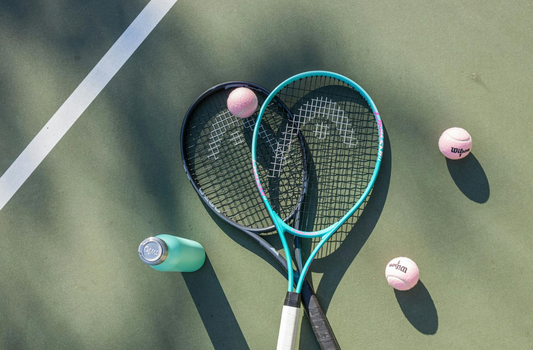There are two types of service faults that can occur in a tennis match.
The first, simply called a service fault is when the serve does not put the ball into play (Either the ball does not land in the correct service box or server misses the ball completely, or if the ball touches something before it hits the ground.)
A foot fault is when the server breaks a service rule during their service (serves in the wrong position or touches the baseline with their foot).
Source:
ITF Rule 19: "The service is a fault if:
a. The server breaks Rules 16, 17, or 18; or
b. The server misses the ball when trying to hit it; or
c. The ball served touches a permanent fixture, singles stick or net post before it hits the ground; or
d. The ball served touches the server or server’s partner, or anything the server or server’s partner is wearing or carrying.
"ITF Rule 18: "During the service motion, the server shall not:
a. Change position by walking or running, although slight movements of the feet
are permitted; or
b. Touch the baseline or the court with either foot; or
c. Touch the area outside the imaginary extension of the sideline with either
foot; or
d. Touch the imaginary extension of the centre mark with either foot."




